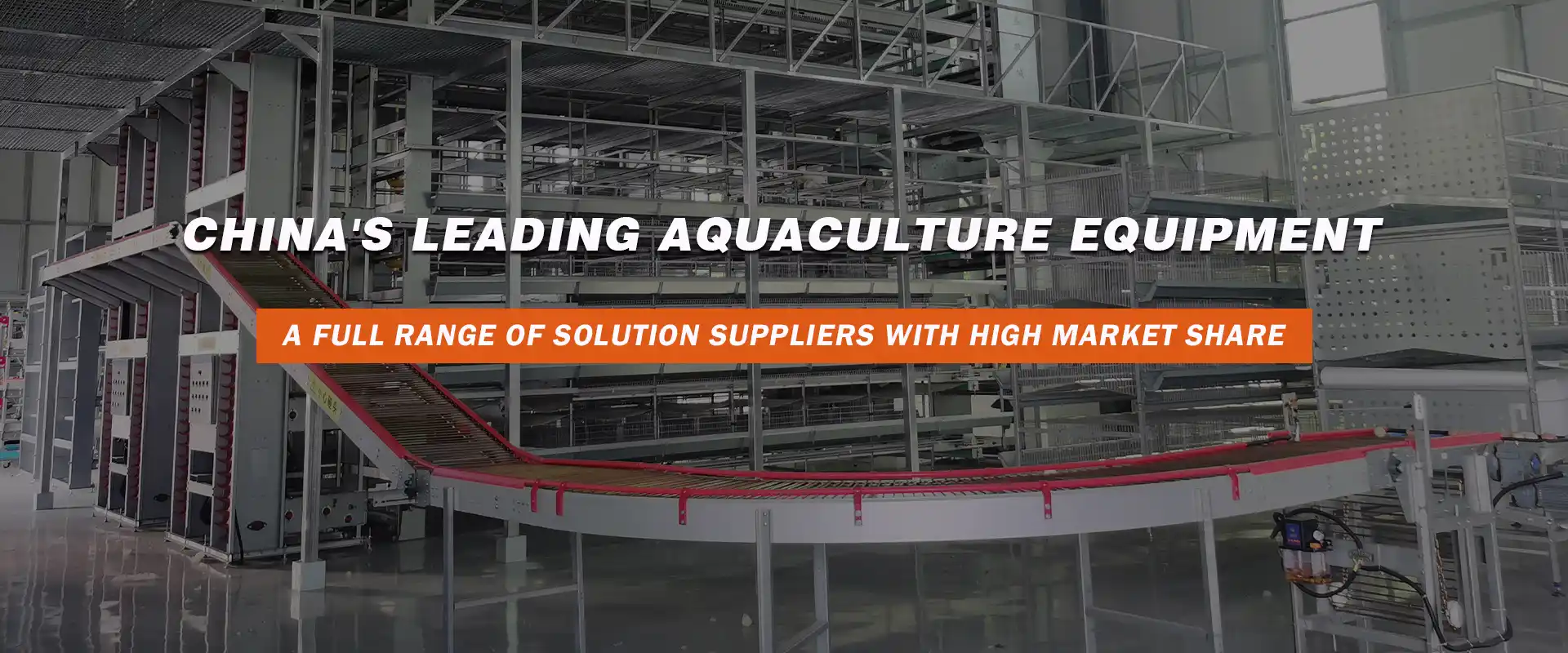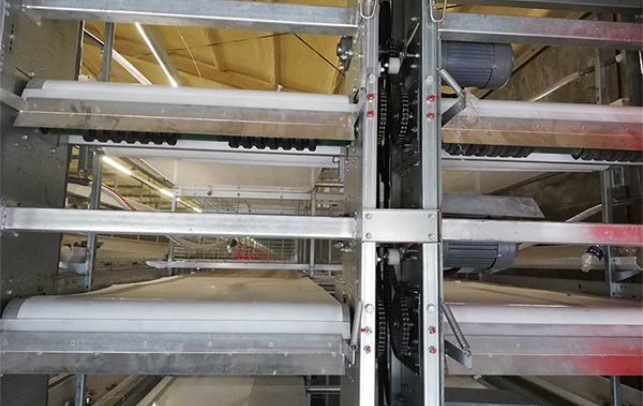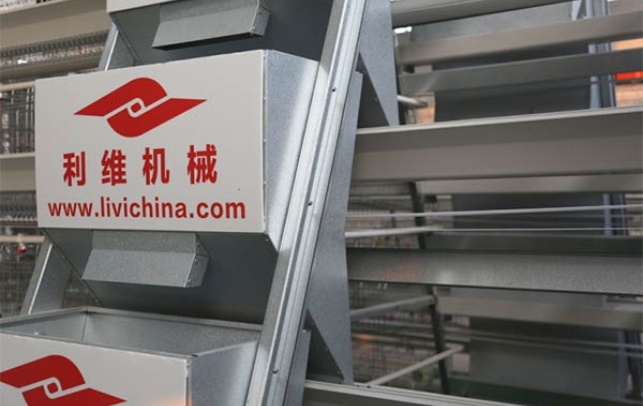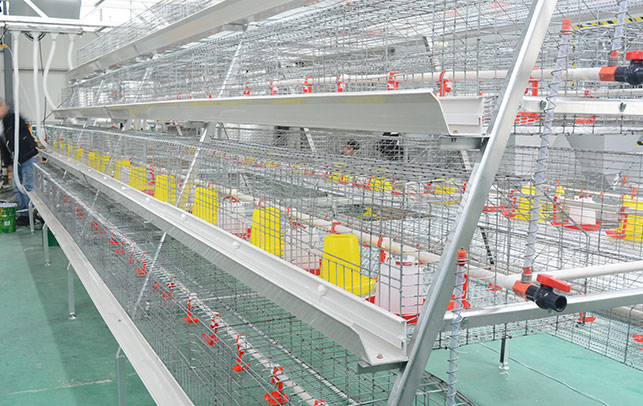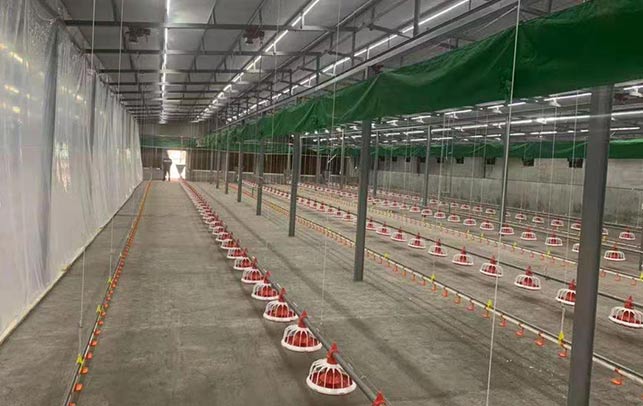10000-Layer Farm Automation Technology: Revolutionizing Modern Agriculture
Time : 2025-03-27
In the ever-evolving world of agriculture, technology continues to play a pivotal role in enhancing efficiency and sustainability. One such groundbreaking innovation is the 10000-layer farm automation technology. This article delves into the details of this revolutionary technology, explaining how it’s changing the face of modern farming.
So, what exactly is a 10000-layer farm? Imagine a farm that can house up to 10,000 layers in a single building, all while ensuring optimal conditions for the hens and high-quality egg production. That’s where automation comes into play.
The Basics of 10000-Layer Farm Automation
At the heart of a 10000-layer farm is advanced automation. This technology manages every aspect of the farm, from the hatching of chicks to the collection of eggs and even the disposal of waste. Let’s break down the key components:
1. Hatching and Brooding
Automated systems are used to hatch chicks efficiently and provide them with the perfect environment during the brooding phase. Sensors and temperature control systems ensure that the chicks are comfortable and grow up healthy.
2. Feeding
Automated feeders dispense food to the hens at precise intervals. These feeders can be programmed to provide the right amount of feed based on the stage of growth of the hens, ensuring optimal nutrition and health.
3. Watering
Water is a critical component for the health of hens. Automated watering systems provide clean, fresh water to the hens, ensuring they stay hydrated and healthy.
4. Egg Collection
Egg collection in a 10000-layer farm is done through an automated process. Eggs are collected from the nests and transported to a central collection point using conveyor belts, reducing the risk of contamination and ensuring a high-quality product.
5. Waste Management
One of the most significant challenges in farming is waste management. 10000-layer farms have automated systems in place to manage waste efficiently, reducing the environmental impact and ensuring the farm remains hygienic.
Benefits of 10000-Layer Farm Automation
Implementing 10000-layer farm automation technology offers numerous benefits:
1. Increased Productivity
With automation, farms can produce a higher number of eggs per unit of space. This not only maximizes profit but also helps in meeting the increasing demand for eggs.
2. Improved Egg Quality
Automation ensures consistent conditions for the hens, leading to healthier birds and higher-quality eggs.
3. Cost Savings
While the initial investment in automation technology can be significant, the long-term cost savings are substantial. Automated systems reduce labor costs, energy consumption, and waste, making farming more cost-effective.
4. Environmental Sustainability
Efficient waste management and reduced water usage are just a couple of ways that 10000-layer farm automation contributes to environmental sustainability.
Challenges and Considerations
Despite the numerous benefits, there are challenges and considerations to keep in mind when implementing 10000-layer farm automation:
1. High Initial Investment
The cost of setting up an automated farm can be substantial. It’s important to consider the return on investment and the long-term financial implications.
2. Technical Expertise
Operating and maintaining an automated farm requires specialized knowledge and skills. It’s essential to have a skilled workforce or to invest in training.
3. Dependence on Technology
Automated systems can be prone to technical issues. Farms must have contingency plans in place to ensure continuity of operations.
Conclusion
The 10000-layer farm automation technology is a game-changer in the world of agriculture. By combining advanced technology with modern farming practices, it’s transforming the way we produce eggs and contributing to the sustainable development of the farming industry.
As technology continues to evolve, we can expect to see even more innovative solutions in the future. The 10000-layer farm automation technology is just the beginning of a new era in agriculture.




